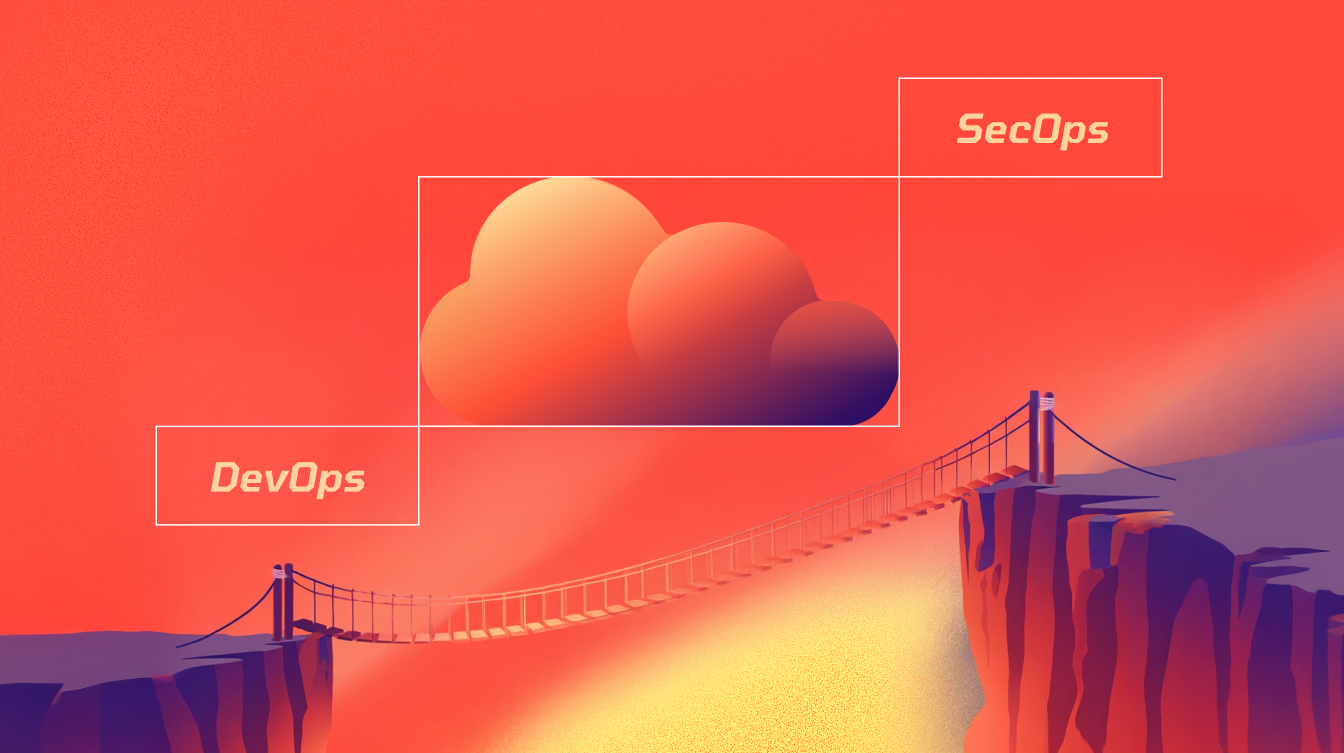Guardrails That Scale: How To Prevent Cloud Misconfigurations Without Slowing DevOps
Prevent misconfigurations before they happen with scalable guardrails that empower DevOps without slowing innovation.

Cloud security and DevOps operations have always been a balancing act between speed and safety. Teams want to move faster, but every shortcut can introduce cloud misconfigurations that quietly expand the attack surface. For every organization that wants to move faster, there’s an equal fear of slowing down delivery or disrupting innovation. The result? Security becomes a conversation about tradeoffs – a tug-of-war between agility and control.
But what if the right kind of security didn’t slow you down at all?
What if it accelerated delivery – by giving DevOps teams the freedom to build confidently within guardrails that make mistakes nearly impossible? That’s the promise of Preemptive Cloud Defense – a model built on guardrails that scale, not gates that block. This is where preemptive cloud defense comes in – a modern approach that helps organizations prevent cloud misconfiguration before they ever reach production.
How do default cloud settings create hidden security risks?
Most cloud environments start with convenience in mind. Platforms like Azure, AWS, and GCP are designed to help developers spin up infrastructure quickly. But default configurations prioritize accessibility – not security.
Cloud misconfigurations occur when default or manual settings expose workloads, identities, or data unintentionally – often because speed takes priority over security review.
Take Azure, for example: by default, every new virtual machine you add can receive a public IP. It’s meant to simplify connectivity, but in practice, it exposes workloads to the internet, a textbook misconfiguration. And because it’s “just the default,” most organizations leave it that way.
The issue isn’t ignorance; it’s inertia. DevOps teams are rewarded for speed, not for configuration audits. Security, on the other hand, is often seen as a bottleneck.
And soon, flexibility has quietly become exposure.
CNAPPs and the reactive reality
Misconfigurations are usually discovered at key trigger points:
- During compliance reviews, when auditors expose gaps
- After an incident, when teams rush to understand what went wrong
- When management asks, “How many misconfigurations do we have?”
- Or when new initiatives (like AI deployments) surface security friction
CNAPPs (Cloud-Native Application Protection Platforms) play a valuable role in identifying misconfigurations, highlighting policy violations, and revealing which assets are exposed.
But by the time CNAPPs alert you, the risk already exists. They’re answering the question “Where do I stand right now?” not “How do I prevent this from happening again?”
CNAPPs help you react – but they don’t eliminate the root cause of cloud misconfigurations. To truly prevent cloud misconfigurations, you need guardrails that stop risky configurations before they reach production.
Why does separation of duties matter for balancing speed and safety in the cloud?
In most cloud environments, DevOps teams have admin rights by design. They can deploy, configure, and connect services freely – and they need that flexibility to move fast. But every shortcut, every temporary permission, and every default left unchanged carries potential risk.
A developer might open a server to the internet “just for a test” and forget to close it.
A pipeline might deploy an Infrastructure-as-Code (IaC) template that inherits insecure defaults.
An AI feature might skip security review because it doesn’t yet meet compliance standards.
Speed wins in the moment – but security loses over time. The problem isn’t bad intent; it’s blurred responsibility. When the same team that builds also enforces boundaries, oversight disappears. This is where separation of duties becomes essential.
Separation of duties doesn’t slow teams down – it protects them from their own blind spots. It draws a clear line between those who create change and those who validate or enforce it. In practice, that means DevOps can deploy quickly within safe, preapproved guardrails that Security defines and monitors.
Preventive guardrails make this balance practical. They let both teams stay in motion without compromising safety. Security sets the limits, DevOps builds within them, and guardrails enforce policies automatically. The result is trust by design: builders keep their velocity, defenders keep visibility, and the organization moves fast without drifting into danger.
Guardrails Over Gates: How Prevention Builds Trust
A guardrail doesn’t block deployment – it ensures that whatever moves forward stays within safe, approved parameters. This is exactly how you prevent cloud misconfigurations at scale – by validating changes before they happen instead of reacting after the fact. It’s proactive, contextual, and adjustable to organizational risk appetite.
Preventive guardrails let both teams win:
- Security gets confidence that environments remain compliant and resilient
- DevOps keeps its velocity – no more waiting for manual reviews or policy rewrites
With simulation and validation in the workflow, security can test the impact of guardrails before turning them on, so risk is proven and predictable. You should also be able to review proposed changes alongside policy results, understand why a guardrail triggers, and fix issues without slowing delivery. These types of capabilities are a must-have in any preemptive defense solution – giving teams the visibility and confidence to move fast, safely.
“A guardrail doesn’t block deployment – it ensures that whatever moves forward stays within safe, approved parameters.”
Why does infrastructure-as-code multiply both scale and risk?
Infrastructure-as-Code (IaC) has revolutionized how cloud environments are built – but it’s also multiplied risk. A single misconfiguration in a Terraform script or CloudFormation template doesn’t just affect one instance; it scales instantly across hundreds of environments.
Fixing IaC isn’t always easy. Sometimes the template can’t be changed due to business dependencies. Sometimes the code isn’t flexible enough to apply best-practice configurations. And sometimes, teams just don’t have time.
That’s where preventive controls come in. When guardrails are embedded into the IaC pipeline – continuously simulating, validating, and enforcing configurations – you prevent errors from multiplying. IaC becomes not just an automation layer but a security multiplier.
How can organizations move from months of friction to instant prevention?
Ask any cloud security engineer: implementing a single preventive policy can take months.
Even something simple like restricting access to known devices or enforcing secure defaults, can require design reviews, stakeholder buy-in, and testing cycles. By the time it’s deployed, priorities have shifted and impact is diluted.
In the end, every company must decide how much risk it’s willing to accept. But waiting for incidents to define your boundaries is no longer viable.
Preemptive Cloud Defense offers a new equation:
- Speed without shortcuts
- Flexibility without exposure
- Security without slowdown
Guardrails that scale don’t limit innovation – they make it sustainable.
Because in the cloud, the fastest way forward is prevention.

